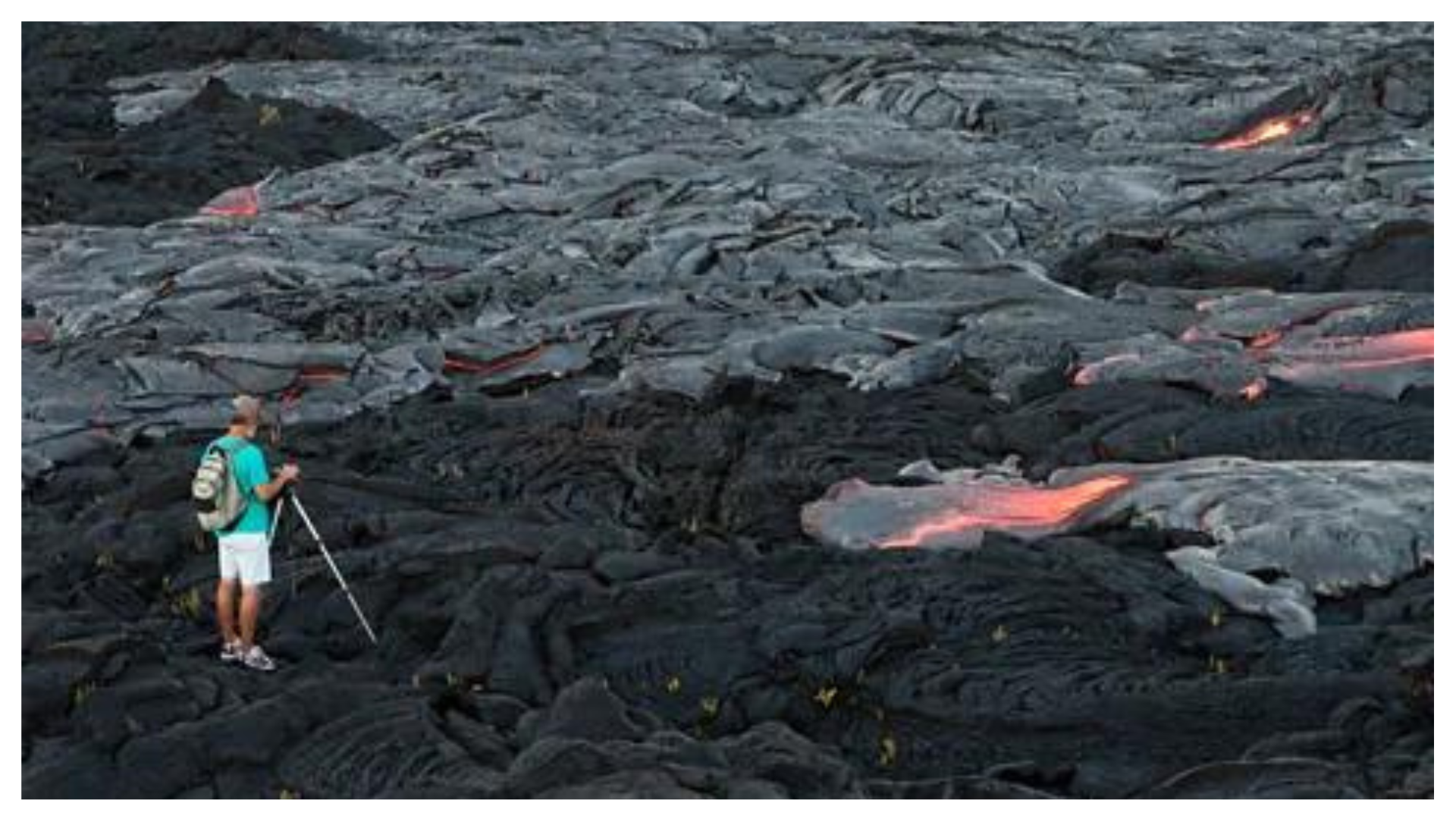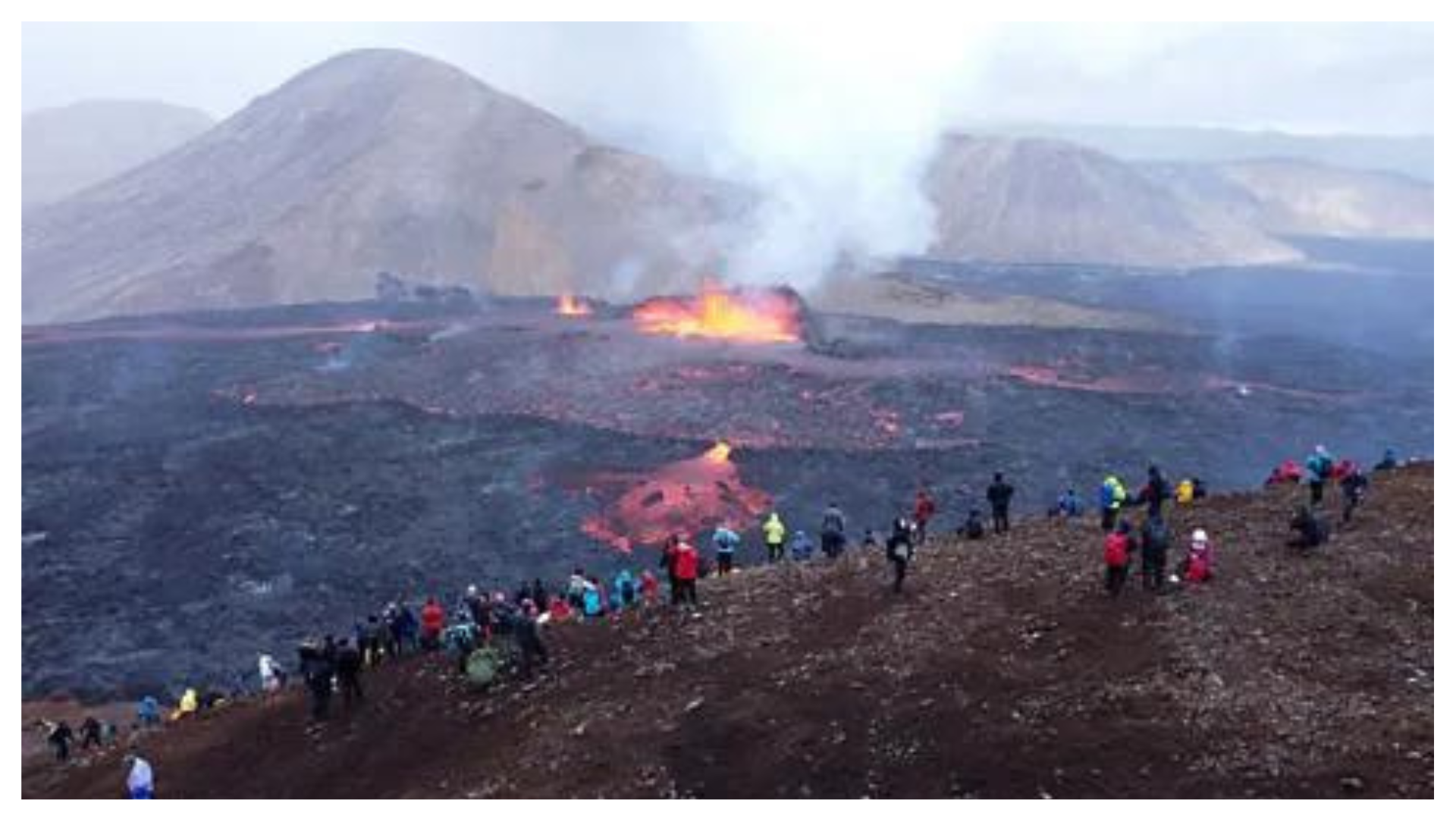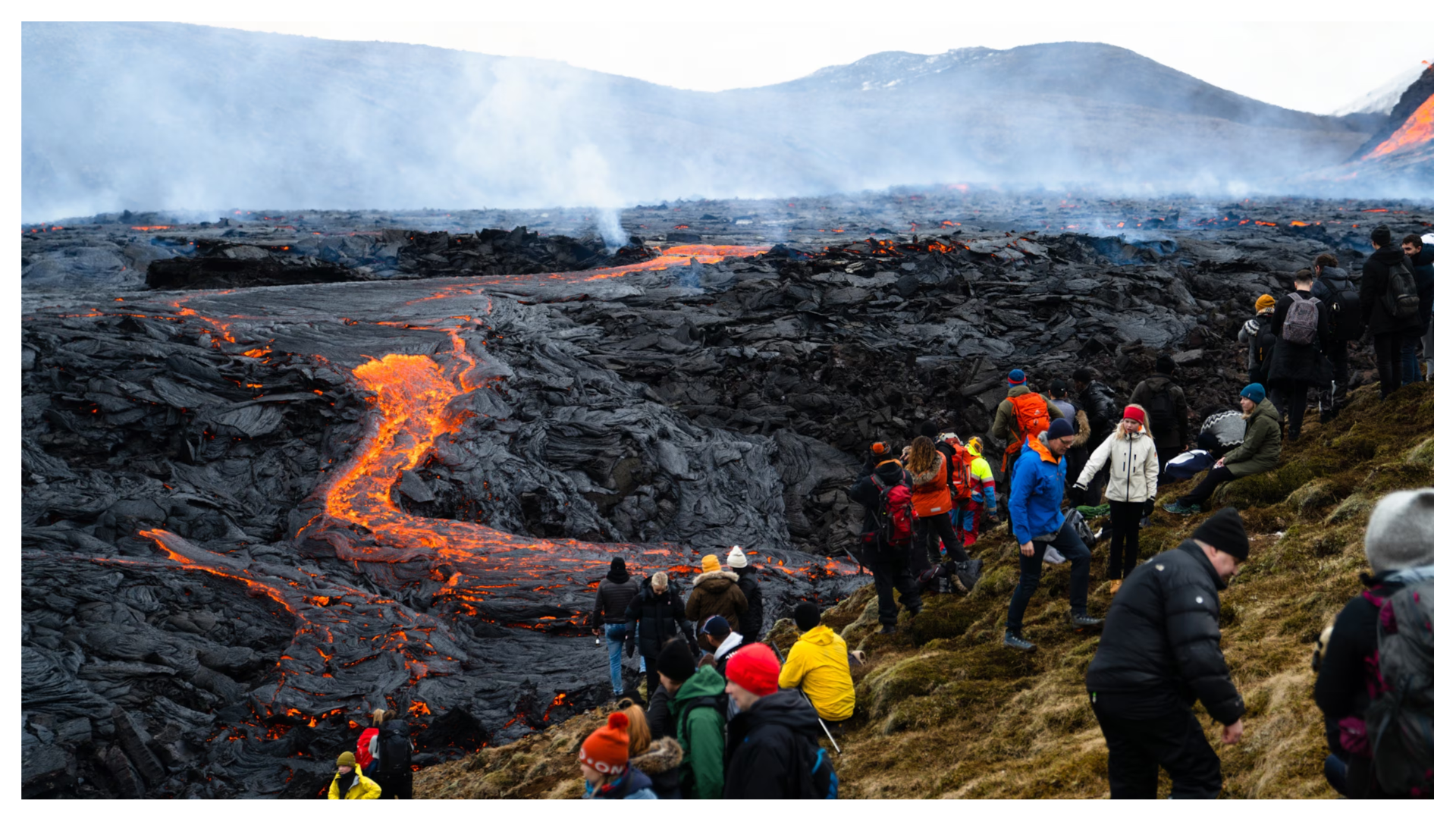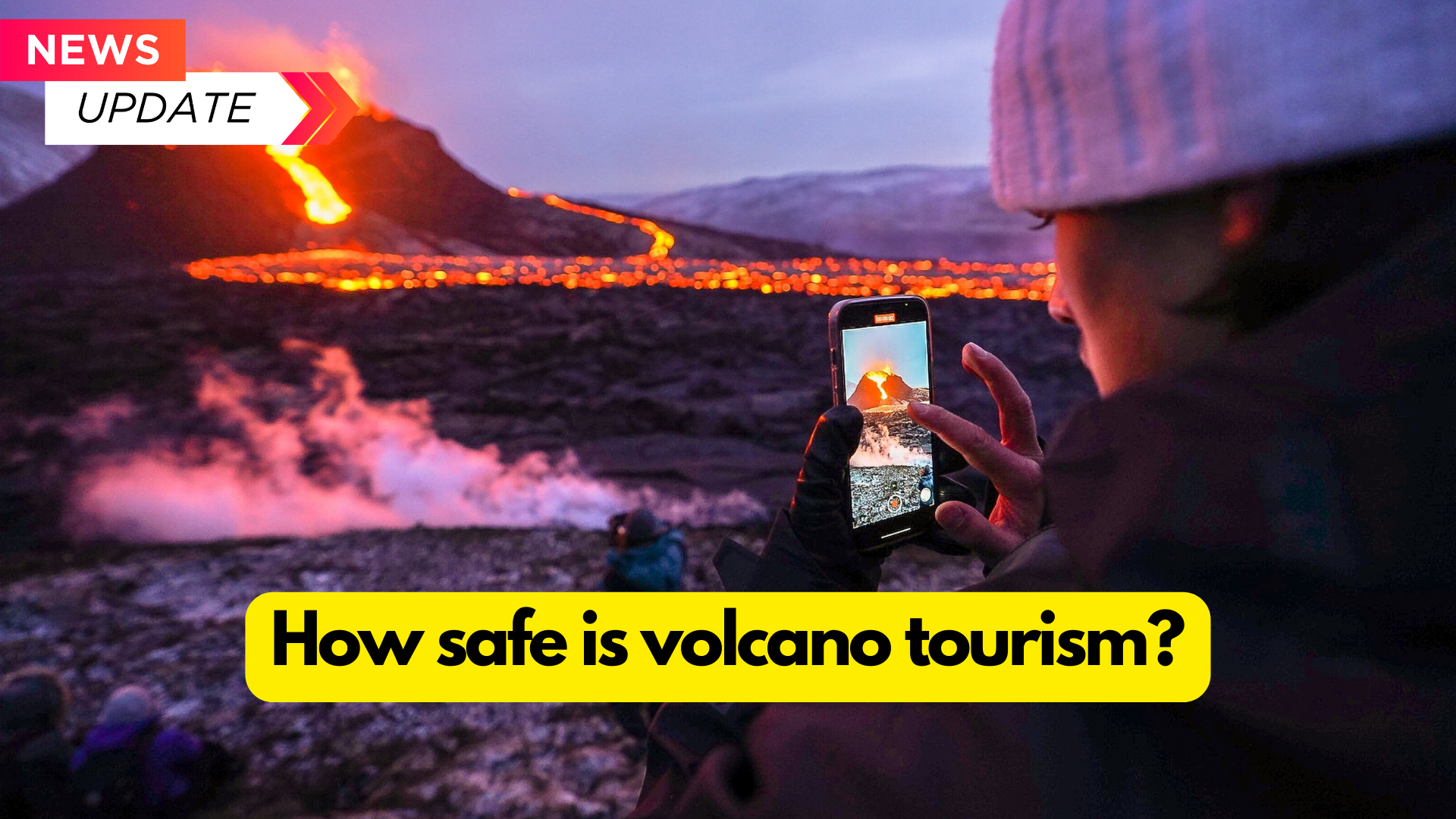When it comes to volcano tourism, travelers are divided into two groups: those who want to remain away and those who want to get closer.
Volcano tourism has grown since British businessman Thomas Cook led the first party of visitors to Mount Vesuvius in 1841. Today, millions of tourists go to Iceland, Italy, and Hawaii to see the explosive force of local volcanoes. There are now an expanding variety of options for visitors to explore these natural structures, ranging from a simple trek at Volcanoes National Park in Hawai’i to rappelling inside an active volcano on Vanuatu’s Ambrym island.
The Blue Lagoon spa, one of Iceland’s most popular tourist attractions, was recently evacuated due to volcanic activity in the vicinity, the sixth such eruption since December 2023. The spa, located 5 km from Grindavík, a tiny fishing village where the eruption occurred, is heated by geothermal power due to its lava field location. Though no deaths have been reported as a result of this eruption, previous episodes involving visitor deaths at other volcanoes have raised concerns about the overall safety of volcano tourism.

In 2019, 22 people perished and 25 were injured on a tourist trip to Whakaari/White Island, a stratovolcano off New Zealand’s coast, when superheated steam erupted—a tragedy addressed in the 2022 Netflix documentary The Volcano: Rescue From Whakaari. Mount Marapi, one of Sumatra’s most active and popular volcanoes, killed 23 hikers and wounded hundreds more in 2023 when it erupted with superheated ash.
Is volcanic tourism safe?
Fortunately for adventurers, experts say yes—with some very crucial limitations.

First, conducting some studies ahead of time is critical. “When people visit a volcano for volcano tourism, they must educate themselves,” says Matthew Patrick, a geologist with the Hawaiian Volcano Observatory. “Read up about what the restrictions are and what the local authorities are doing to keep people out and keep people safe.” This includes checking local tourism websites for current safety information and signing up for SMS notifications while visiting national parks.
Next, if you’re visiting an active volcano, go with a trustworthy guide. While certain areas, such as Guatemala’s Acatenango volcano, allow travelers to explore on their own, a guided tour of active volcanoes is recommended for safety reasons.

“Each volcano is different, so people have to be aware of that,” Patrick states. “Some volcanoes in Hawai’i used to allow you to stroll up to the lava flows in relative safety. But clearly, you wouldn’t want to be so near an exploding volcano.”



